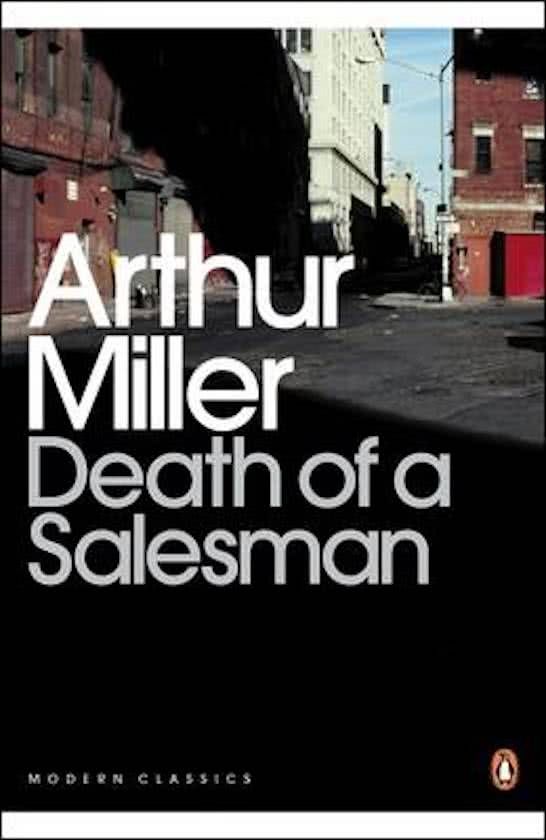Summary
Summary Death of a Salesman Context Notes
Summary notes on the contemporary societal context and beliefs/values that are at the heart of the play; also explores Miller's inspiration for the play. Knowledge of both the former and latter is key to grasping a full understanding of the play and its message.
[Show more]




